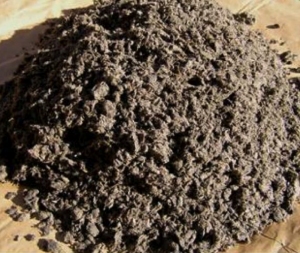
AkzoNobel and Alucha Collaborate on the Use of Pulp Mill Sludge as Paint Additive Alucha has developed a technology that recovers calcium carbonate — a mineral that goes into things like plastics, paper, and paints — from paper waste.
Alucha has developed a technology that recovers calcium carbonate — a mineral that goes into things like plastics, paper, and paints — from paper waste.
July 13, 2020 - AkzoNobel and Alucha are collaborating on technology that turns paper sludge into resources for making paint. Alucha won the partnership in AlzoNobel's 2019 "Paint the Future" global startup challenge. Alucha has developed a technology that recovers calcium carbonate — a mineral that goes into things like plastics, paper, and paints — from paper waste. Paper sludge, which is what's left of paper once the fibers have broken down so much that it cannot be recycled anymore, is the paper industry's biggest waste stream. "Today, calcium carbonate comes out of mines and quarries in great quantities. It goes into plastics, paper, paints, pharmaceuticals and all sorts of everyday life products which will be thrown away and end up in landfill or incineration facilities," said Gijs Jansen, CEO of Alucha. "Either way you lose the calcium carbonate and burning it will generate carbon dioxide (CO2)," Jansen explained. "Our technology to recover calcium carbonate will mean less waste in the landfill or incinerator, and also less reliance on mining." AkzoNobel noted that in the coming months it will be testing the calcium carbonate Alucha collected from its pilot phase at the Sassenheim laboratory in the Netherlands. In a written statement, AkzoNobel said, "We've decided to use the recycled calcium carbonate in a filler to start with. Because of the filler's relatively small scale, it'll be easier to test, integrate and launch." About AluchaAlucha is a team of technical and environmentally aware entrepreneurs developing technological solutions that turn waste into a natural resource with a focus on wastes that are currently being landfilled or incinerated. For further information, visit: www.alucha.com. AkzoNobel is a manufacturer of paints and coatings. For further information, visit: www.akzonobel.com. SOURCE: AkzoNobel |